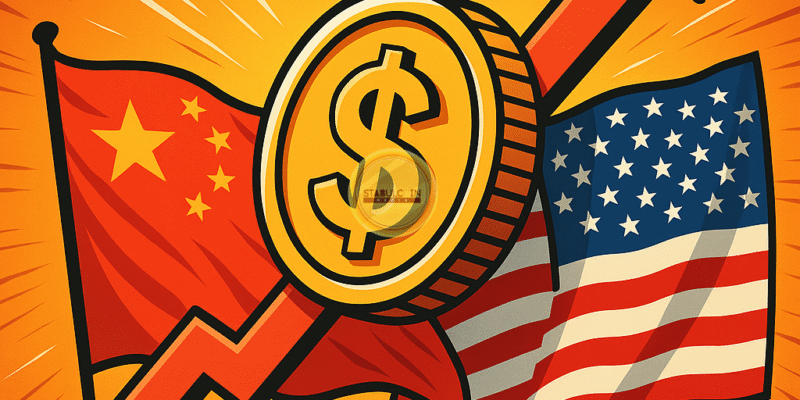Introduction: Two Powers, One Goal
The China and America stablecoin race is becoming one of the most important financial contests of our time. Stablecoins, pegged to assets like the US dollar or gold, combine stability with digital speed. Both countries see them as a path to economic influence and global market control.
China’s Bold Move with the Digital Yuan
China has pushed forward with its central bank digital currency, the digital yuan. It is already used in domestic payments and tested in crossborder transactions. These trials aim to reduce reliance on the US dollar in certain regions. If adoption spreads, the digital yuan could become a global trade currency.
America’s Private Sector Strategy
The US is taking a different approach in the stablecoin race. Private companies like Circle and PayPal lead the way with dollarbacked stablecoins. They operate under regulatory oversight and integrate with existing payment systems. This marketdriven model builds on the dollar’s global dominance.
Why This Race Matters
The outcome of the China and America stablecoin race will set the tone for global payment standards. Whichever nation’s model is adopted more widely will shape cross-border regulations, settlement systems, and how digital currencies interact with traditional banking. This influence will decide not only technical rules but also the financial flows that affect global trade and investment.
Impact on Emerging Economies
Emerging markets in Africa, Asia, and Latin America will feel the ripple effects of this race. If Chinese-backed systems take root, they may integrate more closely with China’s trade networks. If US-backed stablecoins dominate, they could extend the reach of dollar-based finance. Either path will bring opportunities for faster payments and safer savings, but also the risk of deeper reliance on one superpower’s financial ecosystem.
Benefits for Businesses and Consumers
The rivalry could accelerate stablecoin innovation, lowering costs and speeding transactions for companies engaged in international trade. For individuals, both systems promise more accessible and affordable financial tools. The challenge will be building trust, ensuring user-friendly access, and meeting diverse regulatory requirements all while navigating the geopolitical tensions behind the technology.
The Road Ahead
The China and America stablecoin race is not slowing down. Each side is refining its strategy. China expanding its digital yuan pilots into new trade corridors, and the US advancing private stablecoin projects under clearer regulations. The eventual winner, or coexistence of both, will influence how nations trade, how currencies are valued, and who sets the rules for global finance. Preparing for this shift means governments, businesses, and individuals must watch policy changes, test new payment systems, and adapt to a financial landscape where digital currency is no longer optional.

Comments